
Product Display
Professional Design Lead Wire 1mm - Lead Glass Clear X Ray Radiation Protection – Heru
Professional Design Lead Wire 1mm - Lead Glass Clear X Ray Radiation Protection – Heru Detail:
The common thickness of lead glass is 10mm 12mm 15mm 18mm 20mm.10 mm corresponds to 2 lead equivalents, 12 mm is 2.5 lead equivalents, 15 mm is 3 lead equivalents, 18 mm is 4 lead equivalents, and 20 mm is 4.5 lead equivalents.More than 20mm thick can be customized. Generally, 3-4 lead equivalents are used in CT rooms, and 2-3 lead equivalents are used in stomatological hospitals.
At present, the ZF2 lead glass and ZF3 lead glass used in China are almost the same kind, the lead equivalent and density are the same, the density is 4.2, and the light transmittance reaches about 95%, so we do not have to entangle the relationship between zf2 and zf3 lead glass, which is actually a glass.
ZF6 lead glass has the characteristics of high lead content, good protection, light weight, and is solid and durable, mainly used in nuclear power plants, atomic energy applications and other nuclear industry fields.
Lead glass is chemically stable better than pure phosphate glass. However, if the phosphate system is combined with a silicate system, a desalination system, or other systems, miscible phenomena occur immediately -7.4.3 high lead silicate glass, the color depends on the structure.High lead silicate glass is generally yellowish green. In transparent optical glass, the influence of copper or ions on glass and the change of glass structure have significant influence on the transmittance of lead glass.
Product detail pictures:
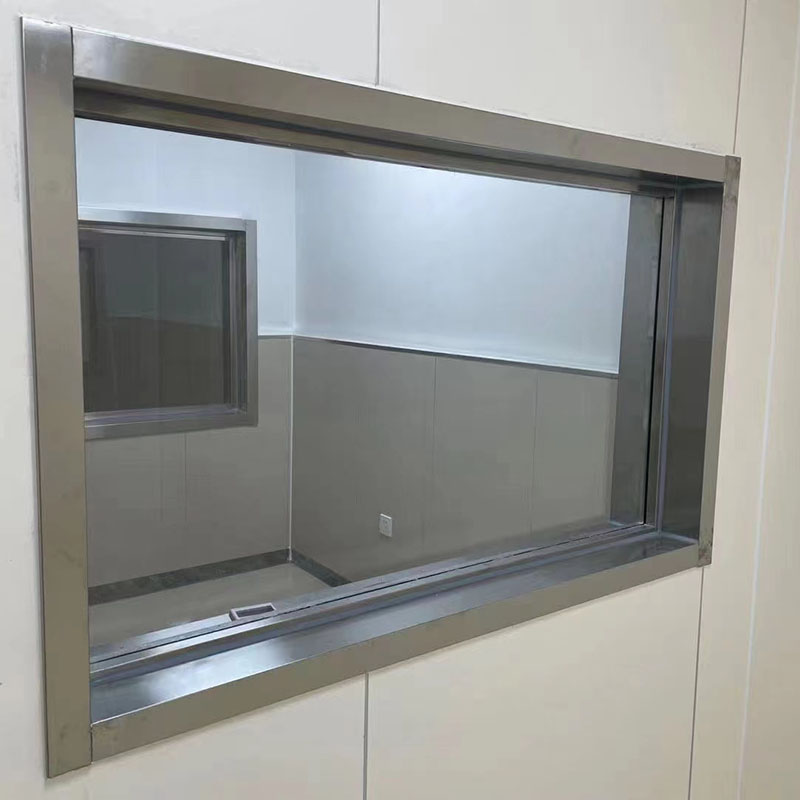


Related Product Guide:
Adhering to your principle of "quality, assistance, performance and growth", we have now gained trusts and praises from domestic and international customer for Professional Design Lead Wire 1mm - Lead Glass Clear X Ray Radiation Protection – Heru , The product will supply to all over the world, such as: Istanbul, Melbourne, Luxembourg, We maintain long-term efforts and self-criticism, which helps us and improvement constantly. We strive to improve customer efficiency to save costs for customers. We do our best to improve the quality of product. We will not live up to the historic opportunity of the times.
This is a honest and trustworthy company, technology and equipment are very advanced and the prodduct is very adequate, there is no worry in the suppliment.

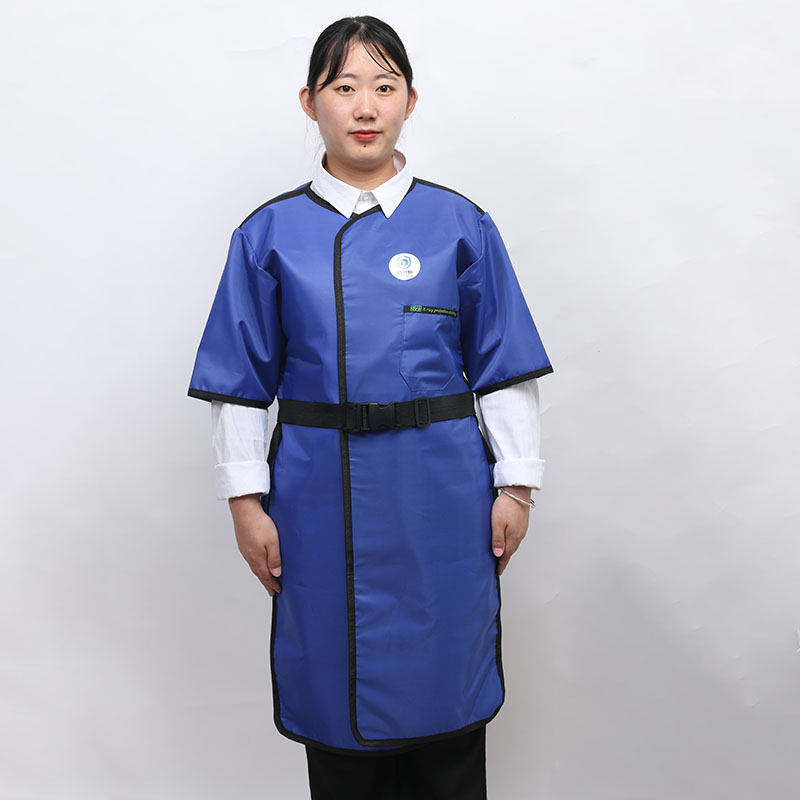
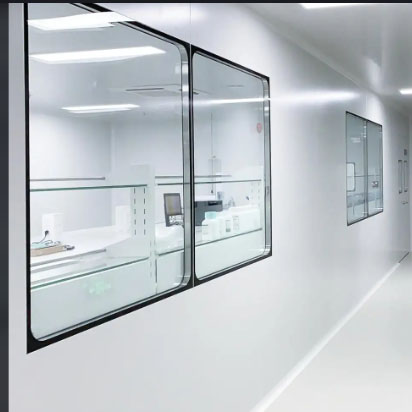

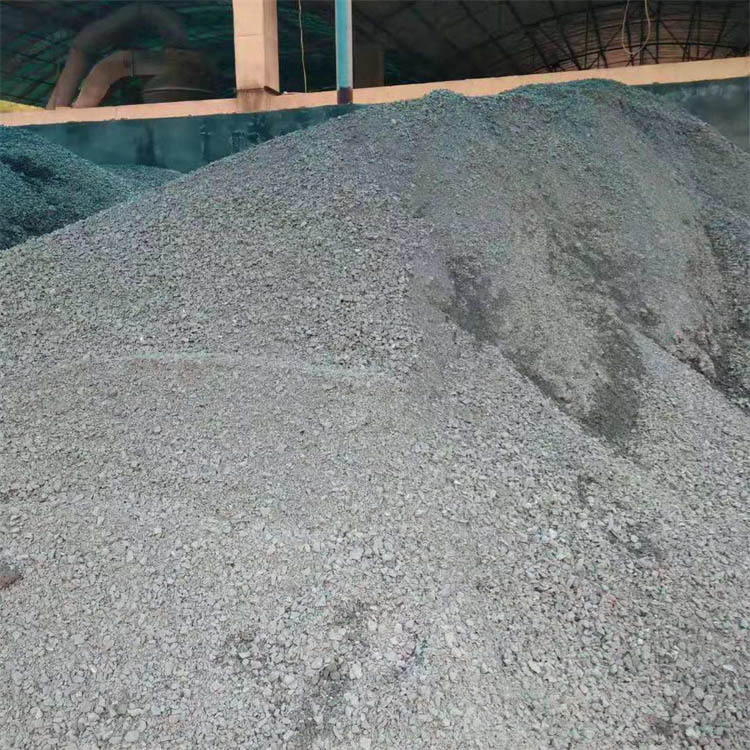
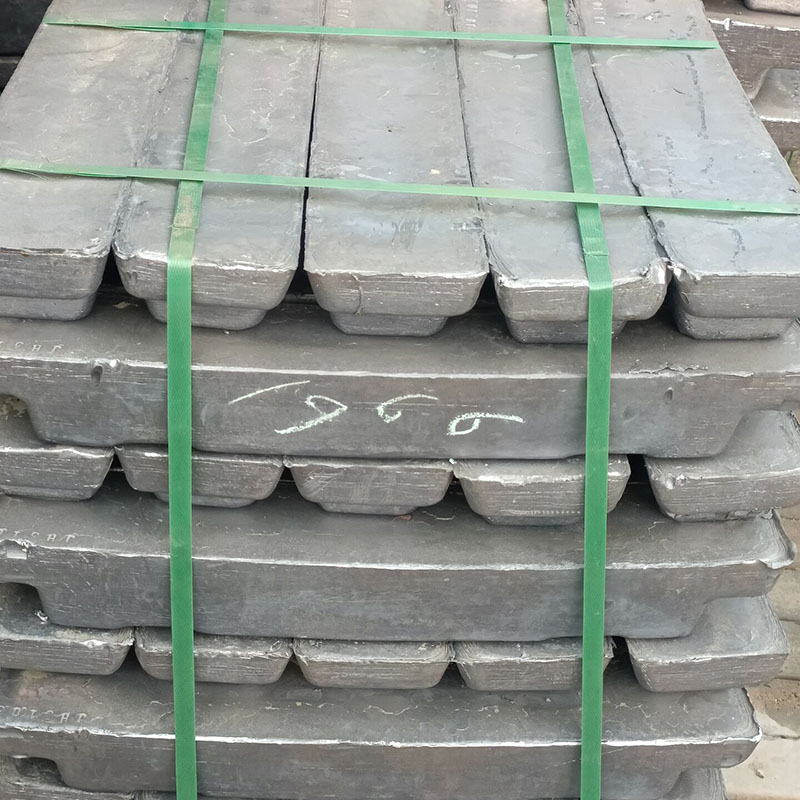





.png)
